As a local architect, I could certainly take you on a photo essay through the nearby streets of Old Town Bluffton. I could point out the structures that make up the historic district and show examples of appropriate porches, railings and balustrades, brickwork, and even window patterns. Many of these would be particularly good examples of the Lowcountry vernacular building techniques of their time.
However, at the end of the day, there are countless others who have come before me, writing similar articles that research, study, catalog and attempt to define what vernacular is about buildings in their towns. And yet these are as forgotten as the subject matter is misinterpreted. After all, to really speak of (or for that matter in) “the vernacular” is not necessarily exciting stuff. Vernacular tends to speak softly, and is often misunderstood. Its language is not a whisper exactly, but it is certainly subtle and can be, in a way, disappointing.
Such is the elusive search for architectural vernacular.
As a disclaimer, it was with great pleasure (and maybe a sense of bewilderment) that I accepted a writing assignment for The Bluff. But it was only after agreeing to write for the magazine that was I given this topic. So, it is with some reluctance that I will focus my attention on questions about vernacular buildings. After all, these are not necessarily straightforward questions.
So what does “vernacular” mean anyway? Well, traditionally it refers to either language or architecture (more specifically, buildings – and yes this distinction is be important). Why is it difficult to define? Well, partly because the vernacular tends to lack the sort of focus that is easy to categorize in a specific box. If it has a focus at all, then its focus is on the ordinary, the functional, the domestic, the rural, the uncelebrated, the unadorned, and especially, the anonymous.
The vernacular is also not something that can simply be imported, or dropped into place. It can be influenced, but it cannot be “copied” from somewhere else. It arises out of necessity. It is not overthought or meticulous, and it often simply happens in the moment. If this seems counterintuitive, then think about how “company-owned” worker housing may have developed in a small mill town, or how storage buildings tend to simply show up on a working farm. There may be nothing similar about the appearance of these structures, but they are similar. Each responds to a need that is specific to both time and place.%GALLERY%To understand the vernacular best, it needs to be experienced in the moment. And each experience is unique. An infinite number of possible combinations will exist with variables such as location, time, place, participants, circumstances, etc.
I would even go so far as to argue that these experiences cannot really be recreated at all, thus making the experience itself that much more valuable. Despite our best efforts to hold on to a moment in time, or, worse yet, to try to reproduce it, we are often left feeling inadequate because our recreation will never be the same as the original. Anyone who has visited the French Laundry and then tried to recreate their famous salmon cornet recipe at home will this understand perfectly. The ingredients are readily available, the recipe is easily attainable, and yet, the failure to recreate the “experience” is certain. The outcome is already assured. Even if something can be defined, catalogued, studied, and practiced (over and over and over again), it cannot, and will not, ever be the same.
This is the spirit of vernacular. It is not a matter of practice, execution, or even talent. It is not a matter of memorizing a specific kit of design parts and then reusing them. It is, quite simply put, the experience in the moment. Meaning, the experience is temporary and maybe even elusive.
When we go looking for the vernacular in architecture, this is why we are often thwarted. There is, after all, a distinction between buildings and architecture. Architecture is designed by the “professionals.” Buildings are often, just built. Think back to the worker housing, or the storage buildings on the farm. Professional design is not a part of the vocabulary. There is not an architect in sight.
This is not to say there is no place for the professional (meaning: the architect) or for monumental architecture. Much to the contrary! That would be like saying we should go through life without experiencing any of the joys of artistic creativity. These experiences change the world that we live in. Pick any monumental experience from your past: eating at the French Laundry for example, or seeing the Metropolitan Opera for the first time, or hearing Diana Krall perform live, or walking through the halls of the Guggenheim in New York (or in Bilbao). They are all well-orchestrated and decisively professional experiences. They are wonderful, arguably life changing, and decisively not vernacular.
But surely not all professional experiences are as elevated as attending the Met, or for that matter, eating at the French Laundry. What about those humble experiences around the table? What about those restaurants focusing on the local farmer, the sustainable catch, the organic crop, and the seasonal produce? Surely these are synonyms for vernacular, are they not? After all, the whole notion of a “farm-to-table” restaurant is specific to time and place. It is in the moment.
Are we finding a path toward the vernacular experience after all? Farm-to-table is often hyperlocal and deceptively simple. It responds to (and barely modifies) what is already extremely fresh, right now. It is probably as close to a professional example of what the vernacular experience should (or could) be.
As I look longingly at the farm-to-table menus prevalent at many restaurants, however, they all start to read alike. First, there is careful attention to cataloguing all of the “locally sourced” ingredients. Then great effort is taken to explain the “traditional” preparation techniques. Some restaurants even refer to this as “vernacular food.” After all, serving something as simple as fresh local figs (albeit thoughtfully manicured and artistically assembled figs) is an expression of time and place. And yet, I am often inclined to see a note of professional activism in the whole endeavor. As if to say, it is not enough to enjoy the figs as a meal. These simple dishes must also represent a statement (perhaps against the rise of genetically modified organisms, big agribusiness, or centralized growing).
As a general principle, I tend to believe that if you are referring to something you have created as vernacular, it probably isn’t. If it was, you would not be looking to categorize it to begin with. The same is likely true if you find yourself clinging to a bygone time or objecting to how things have evolved and how culture has changed. Remember, vernacular is temporary.
So where is the vernacular fig? Well, that fig remains elusive.

Such is the way with buildings. Architecture designed by “professionals” is not generally considered to be vernacular at all. In reality, vernacular buildings are far more common than those designed at the hands of architects. Yet, they typically remain anonymous. It was not until 1964, when Bernard Rudofsky curated what many consider to be the first vernacular exhibition, where we even begin to bring emphasis on these buildings.
The exhibition was aptly titled: Architecture Without Architects. The irony that this exhibit was only shown at the Museum of Modern Art in New York should not be lost.
We often struggle as we attempt to identify and categorize these anonymous buildings. After all, vernacular buildings are not defined by a specific look, or style, or period of time. Perhaps that is what makes this process so elusive to begin with. However, what we are looking for is actually quite simple and easy to find.
We are searching for three identifiable factors in vernacular buildings. The first is necessity. The building needs to be functional and serve a purpose for its occupants. This may be as simple as a storage shelter or a family’s home. It could also be a place of worship or a community gathering hall. It is not the purpose that is important. What is important is that it serves a purpose.
The second factor is climate, and it is relatively simple to understand. For example, it is not a coincidence that buildings in cold climates traditionally have a higher thermal mass and a desire to control heat loss. These buildings may have thick walls to minimize temperature fluctuation and retain heat. The windows may also be smaller and more strategically placed. Think of a New England saltbox house. It is compact, with spaces laid out around interior fireplaces. It has very few northern windows and its roof is sloped to deflect prevailing winter winds. These are not design features, they are climate features. By contrast buildings in warmer climates may focus on the relationship between the indoor spaces and the outdoor spaces. Southern Lowcountry homes, for example, often have a shallow footprint and may be only 1 room deep. Their porches provide comfortable living space during the hottest seasons. The use of larger, operable windows allows cross ventilation for passive cooling inside. Regardless of the individual features, until very recently adapting any building to its local climate was not a question, it was simply a reality.
The third factor is culture. This one can be more complex and is much more dependent on time. Think about how the typical size of the family unit changes over time. How might that affect how homes are built? The same can be said for cultural and religious customs. What about technology, geo-political influences, or social-economic status? As the culture of a community changes over time, their needs change as well. This is the primary reason that vernacular buildings within a community evolve. If they do not evolve, they are no longer vernacular as they are no longer prevalent or commonly used.
When using these factors to search for vernacular buildings, there is a danger that we accidentally search for a sense of Pollyanna. After all, climate and culture are merely synonyms for place and time. And what place and time is more comfortable to us than the bygone? For example, it can become difficult not to put on the rose-colored glasses and visualize a modest childhood home, perhaps on Maple Avenue, where you and your four other siblings played games without electronics, knew every kid in the neighborhood, and stayed outside until the streetlamps were lit and the fireflies dotted the yard.
That we often look to replicate what is familiar to us in new compositions is once again why our search for the vernacular proves so elusive. There is nothing wrong with wanting or needing to preserve history, or heritage, or buildings, or community. Likewise, there is nothing wrong with wanting to experience new urbanism, or to live in a timeless community, or to imitate features of a historic home. We are perfectly within our right to create an architectural language that evokes that very same time when kids stayed out until dusk chasing fireflies or life aspired to all of the perceived reality of a Norman Rockwell painting. These are wonderfully effective and desirable commodities to search for. However, they are often no longer part of our vernacular.
Our vernacular will not be found in the new buildings that are constructed in the image of the original. This is because the vernacular lives within the original. It is in the previous experience altogether. It may be preserved in our recollections – in the stories we tell – but it is only found in the actual experience.
If I am losing you, stay with me. We are almost there. We cannot create the vernacular in the image of anything that has come before us or anything that is derived from somewhere else. It must be necessary to us, in our time, and in our place.
There is a story that explains what makes a great Eastern North Carolina barbeque experience in the book Holy Smoke. It was written by John Shelton Reed and Dale Volberg Reed and I firmly believe they were attempting to define the vernacular within their pages:
It is almost a cliché among barbecue writers that a mix of pickup trucks and expensive imports in the parking lot is a good sign. If everyone in town eats there, why shouldn’t you? If the sheriff’s car is there, hit your brakes immediately.
The outside can be – in fact, should be – unprepossessing. The absence of a visible woodpile isn’t necessarily fatal (it may be in the shed or otherwise under cover to keep it dry…) but if there’s a woodpile and it’s not just for show (check for cobwebs), you may be in the presence of greatness…
Inside the décor should be on the utilitarian side. Gumball machines by the entrance are a good sign: As Alan Richman observes, they mean the owner is a good citizen who is willing to help local civic clubs with their projects. Some decoration is all right. Pictures and figurines of pigs are fine, as are products of the taxidermist’s art. Old advertising signs are acceptable if they’ve always been there (but not if they came from the antique mall). Photographs of obscure celebrities like the local TV weatherman are okay, too…
Basically you’re looking for a place where the focus is on the food, not the setting… knotty pine paneling darkened by smoke and grease, and a sign out front showing a smiling pig that seems to be inexplicably happy about its contribution to the menu.
To the extent that we can understand the spirit of a place and a time through our personal experiences, we will finally begin to find what we are looking for. What we find is something that defines the character of a specific place and a specific group, right now.
So, what should vernacular buildings look like today?
Well that is an altogether different kind of question, isn’t it?

The Conservancy is looking forward to another summer of fun with our upcoming kid's programs! Wild Child Camp and Junior Naturalist Camp will have dedicated weeks in June. Registration is $200 per child for the week. To participate, parents must fill out t...

Photographs by Summer Pagatpatan Palmetto Bluff is a wilderness playground for families, a gateway to the outdoors, to living life close to nature. Palmetto Bluff Growing Outdoors, or PBGO, encompasses the ethos of this extraordinary place. CampGO is PBGO’...
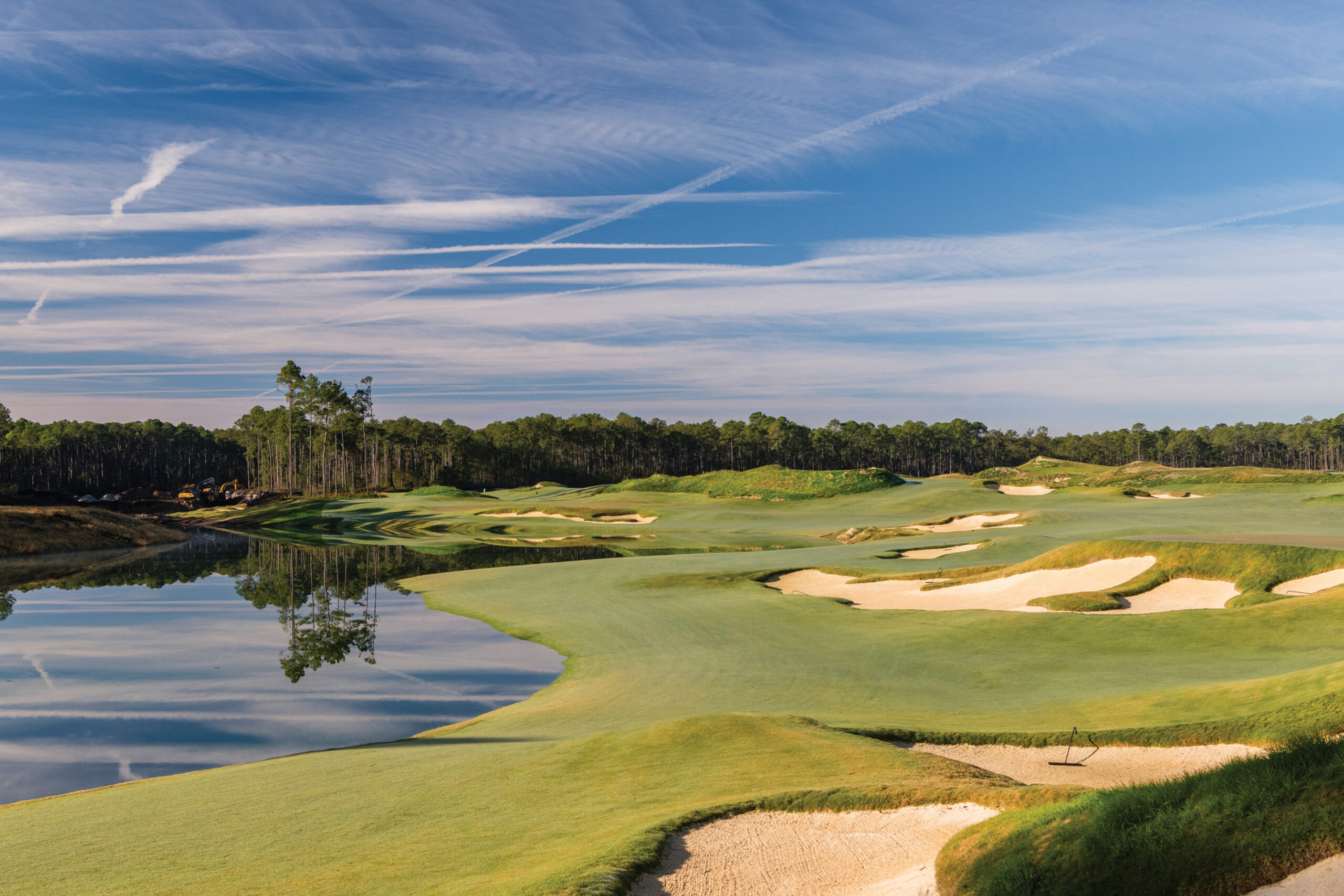
Discover the May River and Crossroads Golf Courses at Palmetto Bluff Positioned within the enchanting Lowcountry landscape, Palmetto Bluff boasts an array of world-class amenities, with its golf courses standing as a testament to the community's commitment to...
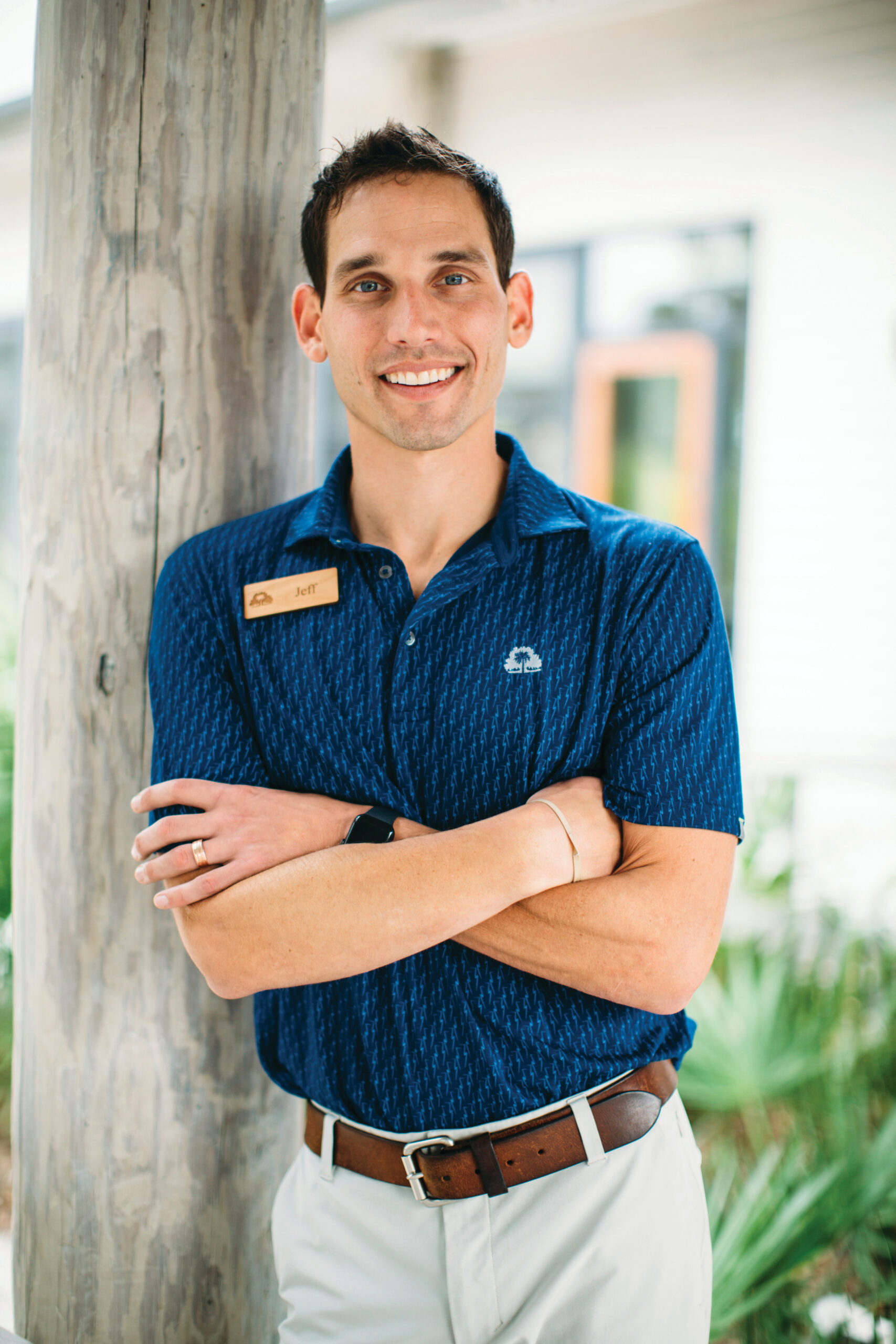
Jeff’s Journey to the Palmetto Bluff Fitness and Wellness Team Palmetto Bluff is located amidst the serene landscapes of the Lowcountry, a tranquil haven where wellness intertwines seamlessly with nature's splendor. Jeff Ford, the Palmetto Bluff Club's Direct...
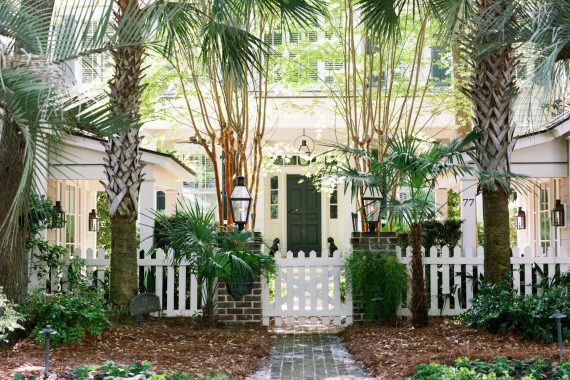
5 Benefits of Living in South Carolina Known for its charming small towns, pristine coastline, and natural beauty, the South Carolina Lowcountry is one of the most popular places to live. The Lowcountry is a unique and desirable place to live, offering an arr...
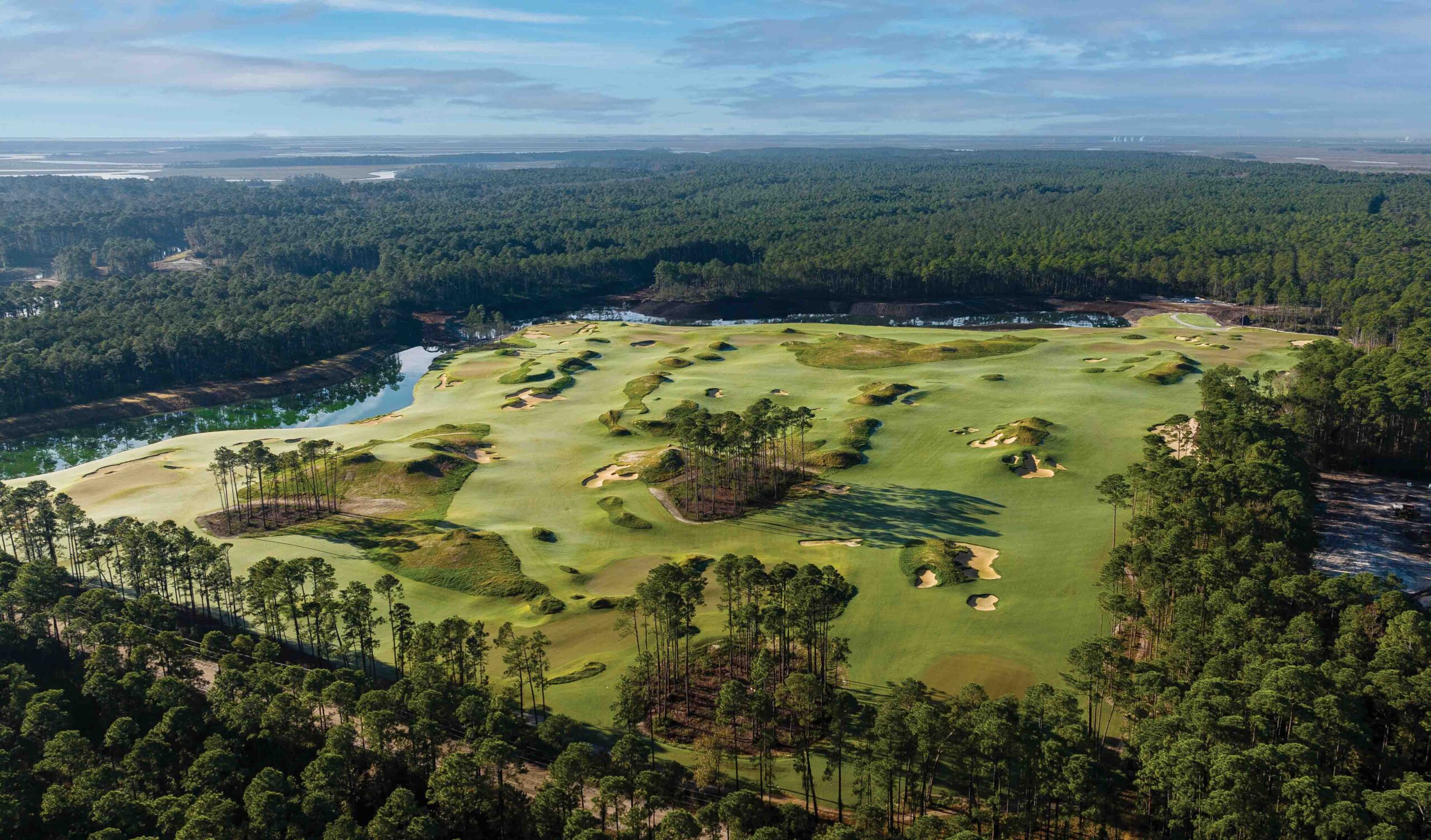
Photographs by Patrick O’Brien Words by Rob Collins Designer Rob Collins of King-Collins offers a first look at Crossroads, Palmetto Bluff’s new nine-hole reversible golf course. It is a feat of design. One routing, The Hammer, is a whirlwind of angles and u...
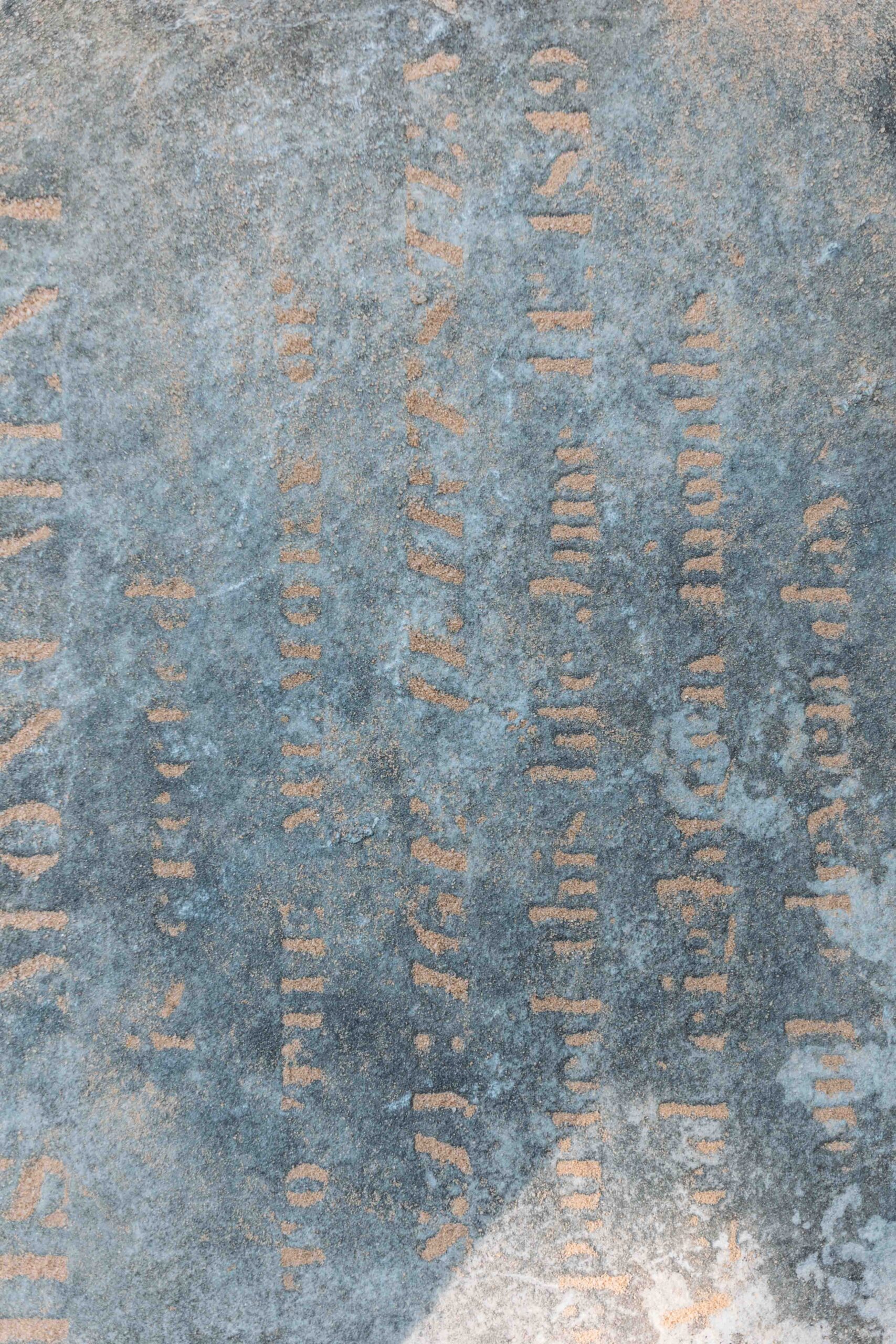
Story by Katie Epps Photographs by Joel Caldwell Beneath Palmetto Bluff’s sprawling oaks lie twelve cemeteries that serve as the final resting places for hundreds of people and nine dogs. Five of these cemeteries were started as burial grounds for enslaved...

Putting Down Strong Roots The Grove seamlessly combines curated style with courtyard living, welcoming the lush beauty of the Lowcountry at every doorstep. With twelve homesites meticulously designed to maximize outdoor living, Palmetto Bluff Builders offer...
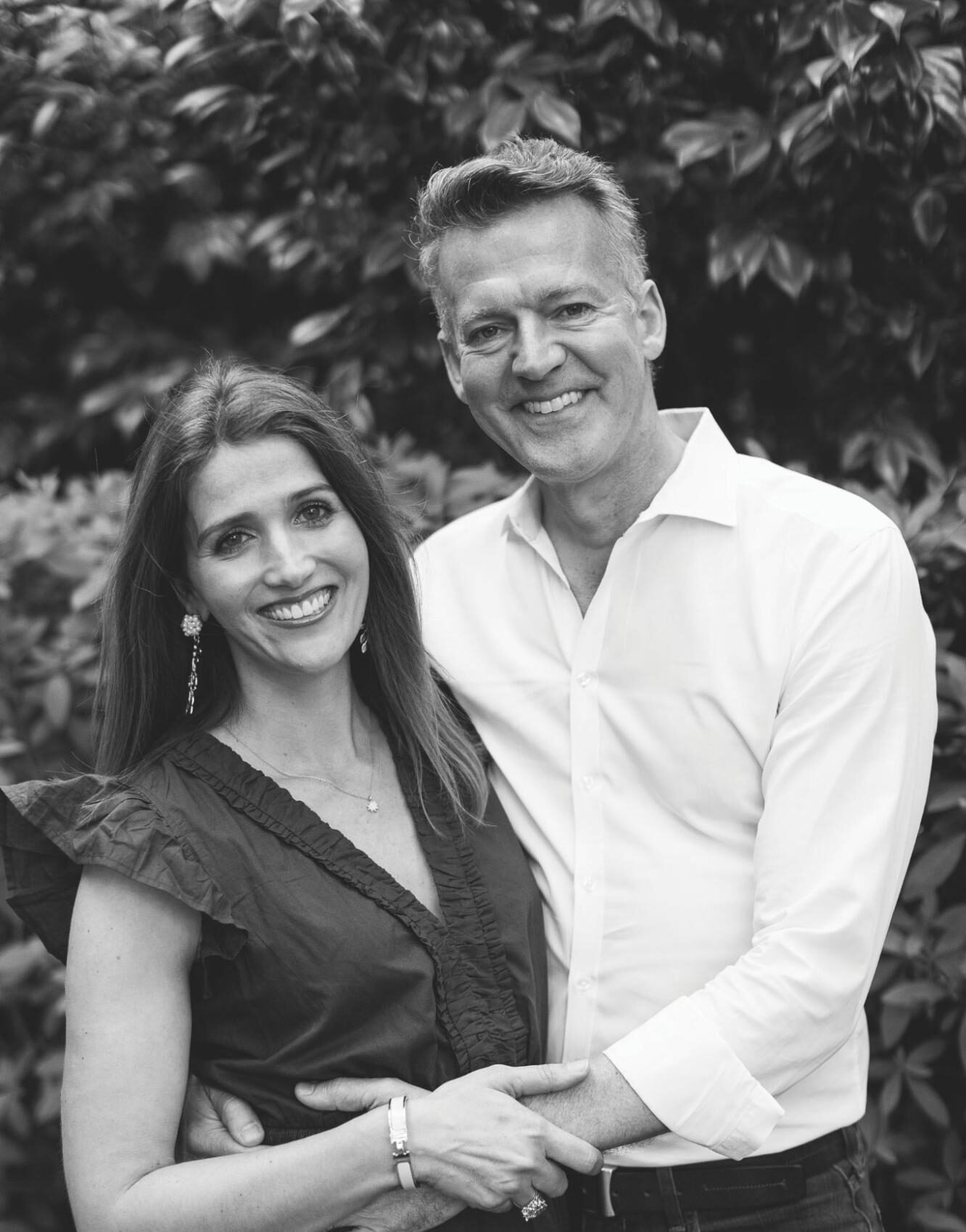
How did you meet? Shayne: Jason and I both attended the University of Southern California. We met through our mutual friend Mike, a USC connection. I was always very captivated by Jason, his wit and charm. Jason: Shayne’s first job in college was working ...
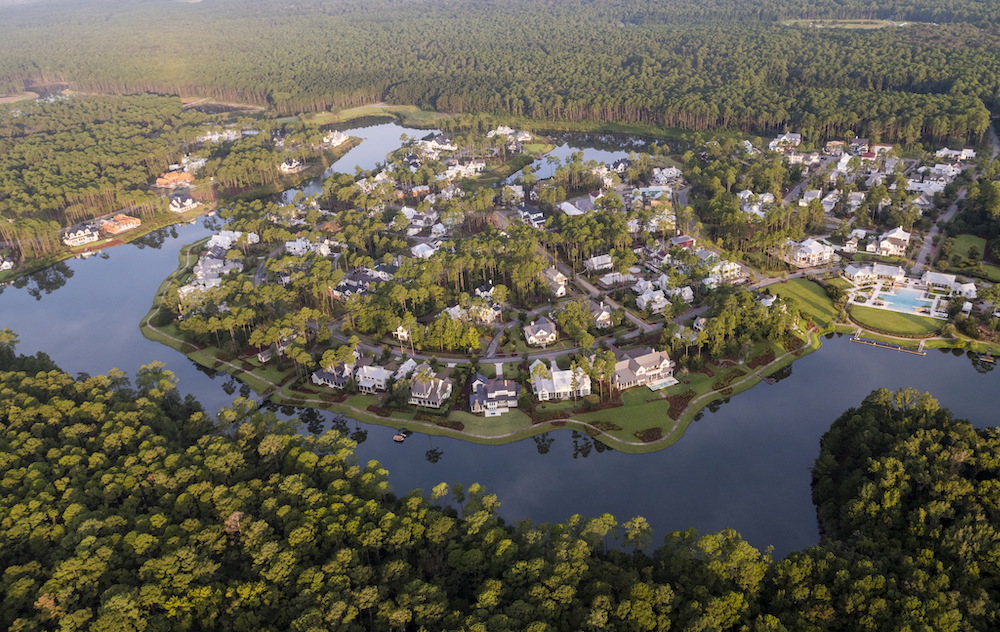
Create Lasting Habits With These 6 Palmetto Bluff Activities As the new year sets in, many of us find ourselves determined to stick to those resolutions we set just a few weeks ago. Whether it's getting fit, staying active, or embracing a healthier lifestyle,...

Learn about the Palmetto Bluff Conservancy and how we keep the vision of our land in place.
On land or water, there is an ever-evolving variety of activities.
We do not attempt to independently verify the currency, completeness, accuracy or authenticity of the data contained herein. All area measurements and calculations are approximate and should be independently verified. Data may be subject to transcription and transmission errors. Accordingly, the data is provided on an “as is” “as available” basis only and may not reflect all real estate activity in the market”. © [2023] REsides, Inc. All rights reserved. Certain information contained herein is derived from information, which is the licensed property of, and copyrighted by, REsides, Inc.